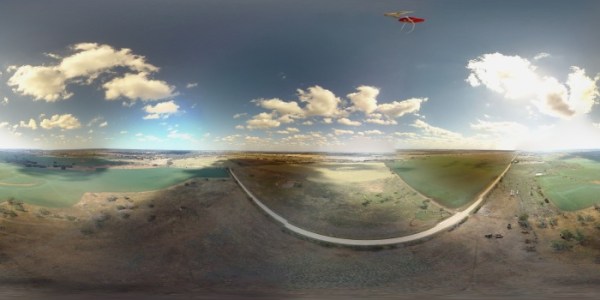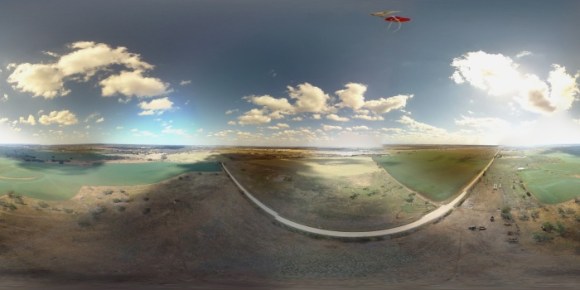Panoramic photos are nice, however a full 360 degree x 180 degree, or spherical panorama would be even better. [Caleb Anderson] decided to take this concept much further, attempting to extract panoramic photos from video taken at 100,000 feet using a high-altitude balloon and six GoPro cameras.
The overview of this project can be found here, and gives some background. The first task was to start prototyping some payload containers, which for a device that you have little control over once out of your hands is quite critical. As well as some background, there’s a cool interactive panorama of the first test results on this page, so be sure to check it out.
The “real” hacking in this experiment wasn’t a matter of putting a balloon into the stratosphere or recovering it, however. Chaining these images together into pictures was a huge challenge, and involved a diverse set of skills and software knowledge that most of our readers would be proud to possess. There are several videos in the explanation, but we’ve embedded one with the cameras falling out of the sky. Be sure to at least watch until (or skip to) just after 1:05 where all the cameras impressively survive impact! Continue reading “Operation StratoSphere”













